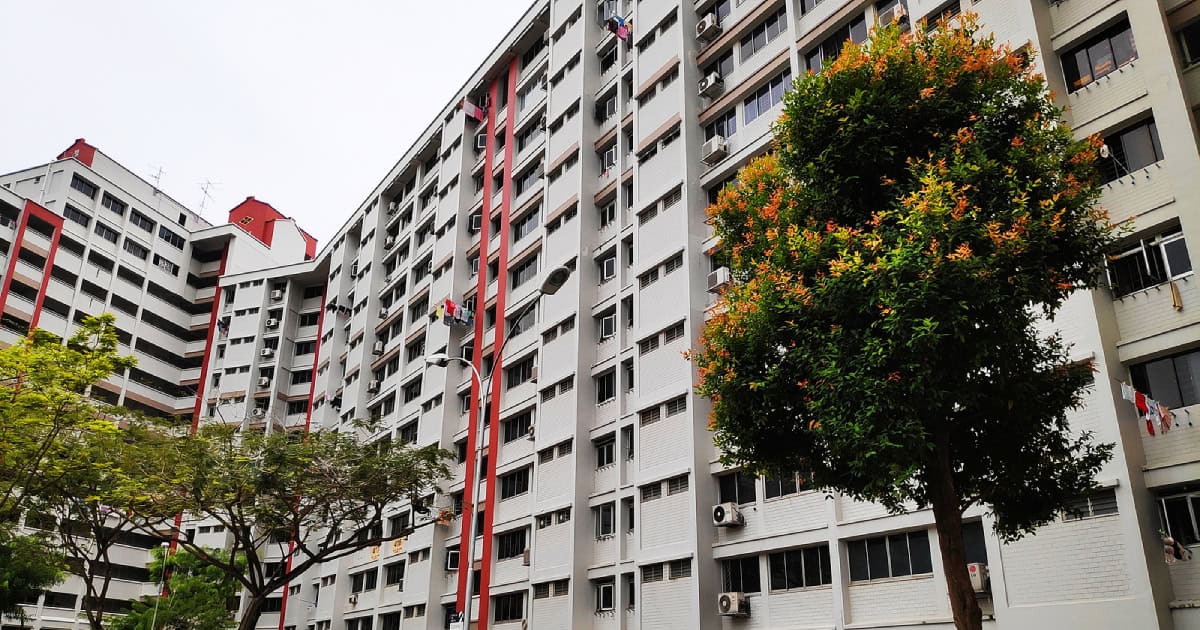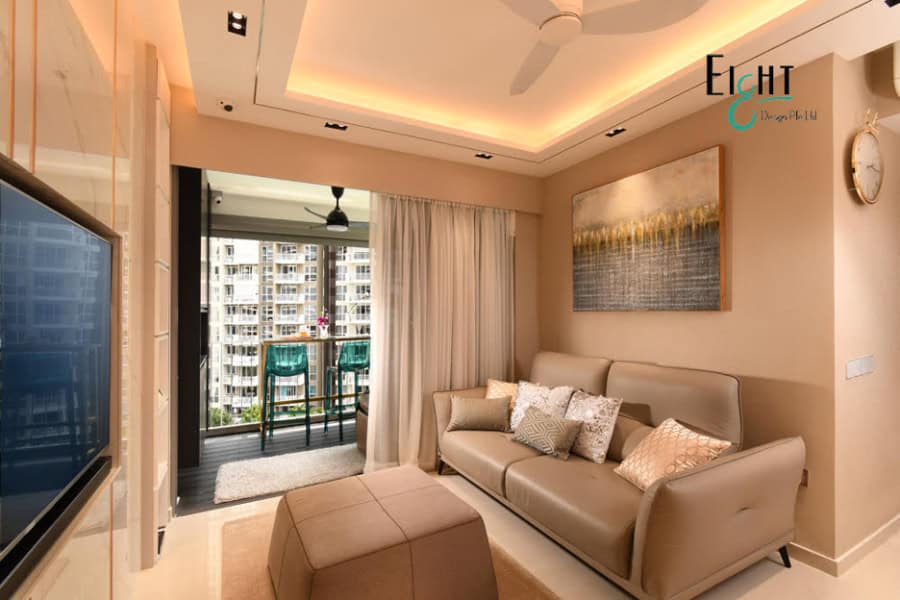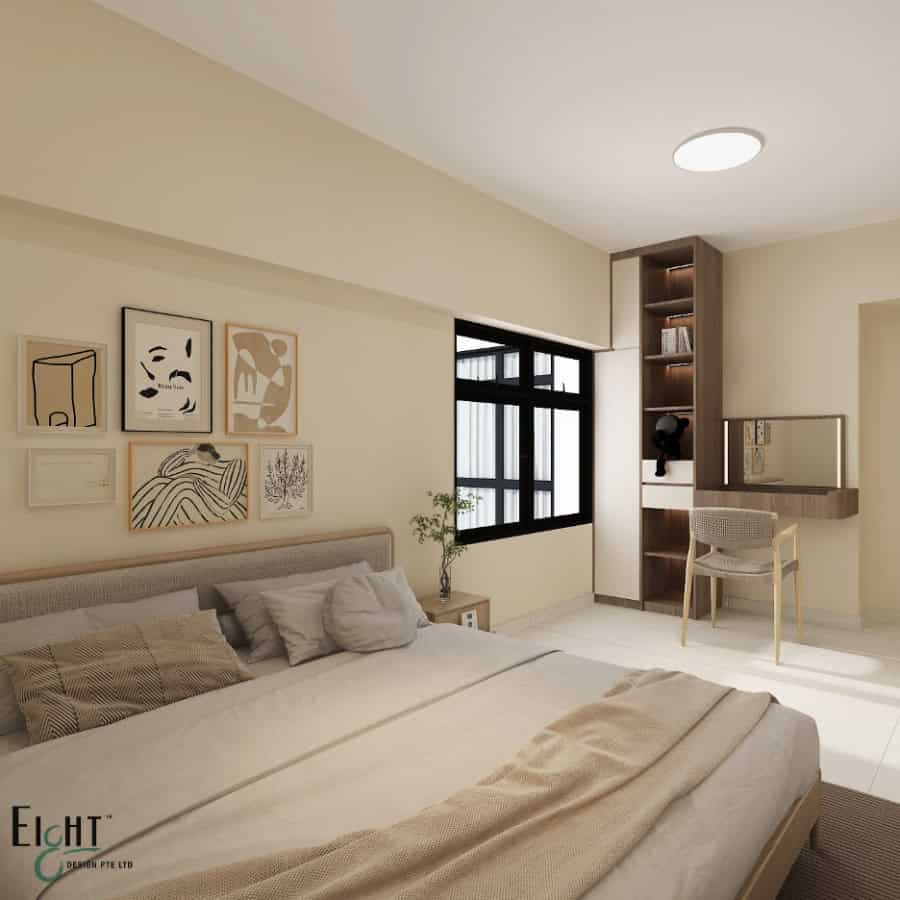Not everyone in Singapore realises this, but there are actually notable differences between renovating a condominium and an HDB flat. Sure, both types of homes are where we unwind, create memories, and build our lives, but when it comes to doing up the interiors, the guidelines, flexibility, and even design approaches can be surprisingly different.
Whether you’re upgrading from an HDB to a condo, downsizing, or just curious about how interiors differ between the two, it helps to understand what makes each unique. If you’re thinking about renovating soon, understanding these key differences will help you make better, more informed decisions before committing to a design.
Space and layout: More than meets the eye
Let’s start with space. Condominiums, depending on the development, often come with more generous layouts and higher ceilings. Many units also feature open-plan living areas or built-in features like balconies, dry and wet kitchens, or service yards. These elements provide a level of flexibility when planning zones or playing with visual flow in the space.
On the other hand, HDB flats, especially older layouts, tend to have more segmented spaces. While this allows for more defined rooms, it can pose some limitations for homeowners seeking a modern, open-concept feel. That said, experienced interior design services in Singapore know how to creatively work around these layouts, offering clever storage solutions and seamless flow without major hacking.
Renovation guidelines: What you can and cannot do
Here’s where things get a bit more technical. HDB flats are governed by the Housing & Development Board, which means renovations must comply with strict guidelines. For instance, hacking structural walls is a big no-no unless you get prior approval, and even then, some walls are untouchable. Flooring and bathroom works also need to be done by HDB-approved contractors, and you’ll need a renovation permit for certain types of work.
Condos, being private property, are managed by their respective Management Corporation Strata Titles (MCST). While this offers a bit more flexibility, it doesn’t mean you can go wild. Many MCSTs have rules about renovation timings, noise levels, and the use of common corridors or service lifts. Some even restrict the hacking of certain walls or require you to reinstate parts of the home when you move out.
So, while condos may feel a bit more “free” in terms of design, there’s still a framework to work within. The key is working with renovation experts who understand both systems and can guide you through the dos and don’ts.
Materials and finishing touches
Another difference lies in the materials typically used in each type of home. Condo interiors often start with higher-end finishes provided by developers, think marble countertops, built-in wardrobes, and premium tiles. If you’re moving into a new condo, you might only need minor touch-ups or furniture selection to personalise the space.
In contrast, HDB flats are usually sold bare or with basic fittings, meaning there’s more freedom but also more work required to create a polished look. Because of this, renovation budgets for HDBs may need to stretch a little further to cover essentials like carpentry, flooring, and lighting design. That said, there are many styles to pick for your 5-room renovation, each with its own unique material demands and aesthetic considerations.
Design aesthetics and personal preferences
When it comes to style, there’s no “one-size-fits-all.” Condo owners often lean towards upscale, minimalist, or resort-inspired aesthetics that complement the natural luxury of the unit. Materials like wood laminates, neutral stone finishes, and sleek lighting profiles are common.
HDB owners, meanwhile, tend to favour more functional layouts, with an emphasis on custom-built storage, space-saving furniture, and multi-use rooms. That said, many HDBs now feature stunning Scandinavian, industrial, and even Japandi designs, showing that creativity isn’t confined by square footage.
What really makes a difference is how well the design reflects your lifestyle. Whether you’re a young couple, a multigenerational family, or someone living solo, a thoughtful interior designer will help align your vision with the practicalities of your space, condo or HDB.
Cost considerations
Renovating a condo can be costlier upfront, not necessarily because of size, but due to premium material expectations and stricter MCST compliance. Plus, some condos may already have luxury fittings you might want to retain or upgrade selectively rather than doing a full overhaul.
HDB renovations can be more extensive from the get-go, especially for older flats that require rewiring, retiling, or plumbing upgrades. However, there are schemes like the HDB’s Optional Component Scheme that allow buyers to get basic fittings from the start to reduce renovation needs later.
Ultimately, the cost varies widely based on design preferences, materials chosen, and the complexity of the project. A seasoned renovation contractor will help you get the most out of your budget while avoiding costly mistakes.
Thinking of renovating your condo or HDB?
At the end of the day, it’s not about whether a condo or HDB is “better” to renovate but about what works best for your needs, your family, and your budget. Each has its own charm and limitations, and the right design can elevate either space into something truly special.
View our portfolio to see how Eight Design has transformed homes across Singapore, or request a consultation to discuss your next renovation project. From concept to completion, our team delivers exceptional workmanship and personalised service through our interior design services and renovation contractors in Singapore. Whether you’re sprucing up an HDB or personalising a new condo, contact us for a custom quote and let’s get started on creating a space that’s uniquely yours.



